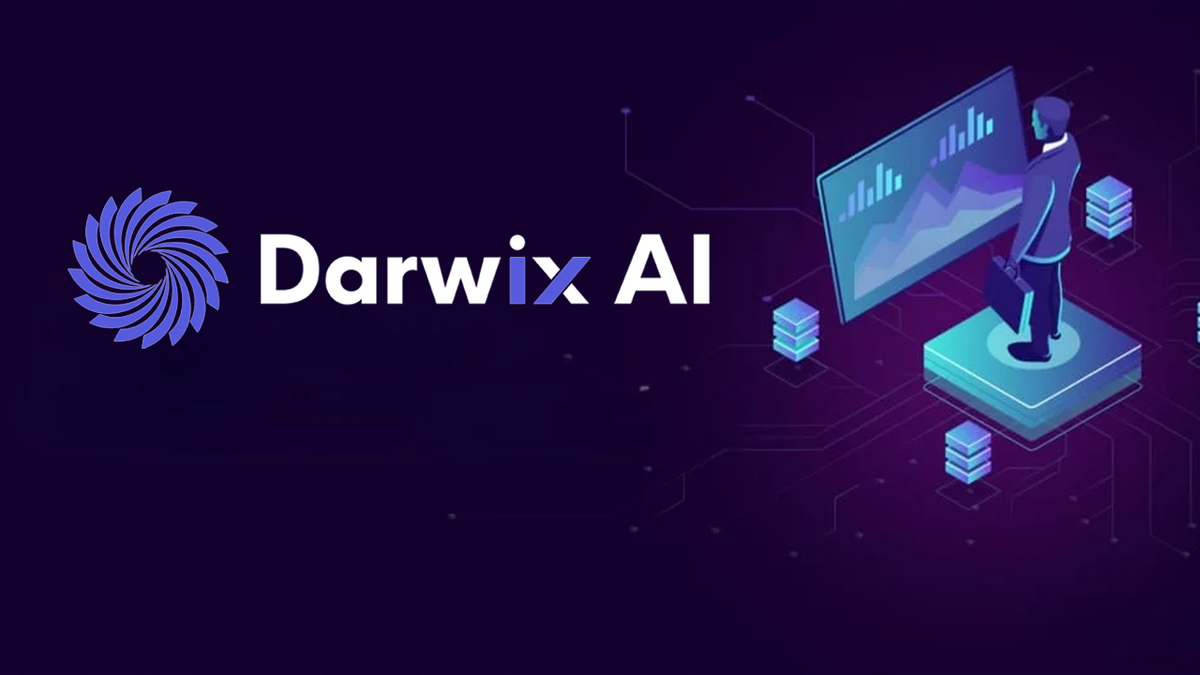Highlights
OpenAI to Launch New Open-Weight Language Model with Reasoning Capabilities
OpenAI CEO Sam Altman has shared that the company will soon introduce a new open-weight language model equipped with reasoning abilities. This represents a significant advancement into open AI development since the release of GPT-2 in 2019.
In a message posted on X (previously known as Twitter), Altman conveyed that the model is set to be launched “in the coming months” and is currently undergoing further stability and evaluation testing. He mentioned, “We’ve wanted to do this for a long time, but other priorities took precedence. Now it feels important.”
Key Announcement Highlights
OpenAI has expressed enthusiasm about the release of a powerful new open-weight language model featuring reasoning capabilities. The company is keen to engage with developers on maximizing the model’s utility. Altman noted the intention to create a highly effective model.
Significance of This Development
OpenAI has mainly functioned within the “closed model” framework, keeping both the code and the trained weights (the numerical parameters that dictate the model’s functionality) confidential for its primary models like GPT-3 and GPT-4. With this forthcoming release, the company is stepping into a more competitive space where both transparency and customisation are increasingly sought after.
Competitors such as DeepSeek, a Chinese AI research group, and Google with its Gemma 3 open model have already adopted open-weight strategies to attract developers and researchers. This strategic shift by OpenAI may aim to maintain positive relations within the developer community and address concerns regarding its previous closed-source approach.
Understanding Open-Weight Models
Open-weight models provide a balanced solution between closed and fully open-source AI systems. They enable users to download the model’s trained weights and operate it locally or on tailored infrastructure, typically with certain limitations. This stands in contrast to open-source models, which provide access to both the code and weights without significant restrictions, and closed models, where users are limited to access via cloud APIs.
This development allows developers and researchers to experiment with and fine-tune the model, significantly benefiting academic research, enterprise-level customisation, and advancing AI transparency.
The Impact of Open-Weight Models
- Democratisation: Smaller entities and independent researchers can access advanced technology without dependence on expensive cloud services.
- Transparency: Analysts and watchdogs can examine how the AI functions, increasing accountability concerning model behaviour.
- Customisation: Businesses can adapt the model for specialized applications in sectors like healthcare, finance, or education, eliminating vendor dependency.
- Balanced Accessibility: OpenAI can establish appropriate safeguards, such as usage limitations, to mitigate misuse while facilitating extensive experimentation.
Future Plans for OpenAI
OpenAI intends to conduct a series of developer-oriented events to preview and enhance the model. The first event will be held in San Francisco, with additional sessions planned across Europe and Asia-Pacific. These gatherings are set to provide early access and a platform for gathering community feedback.







